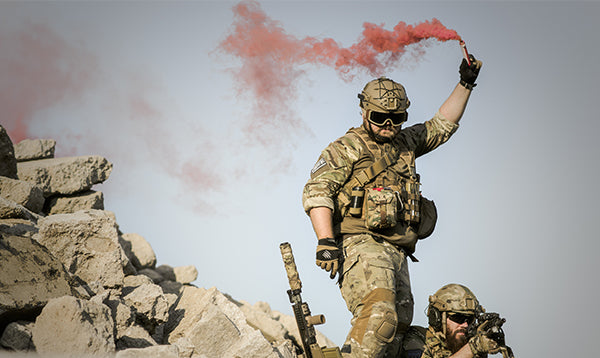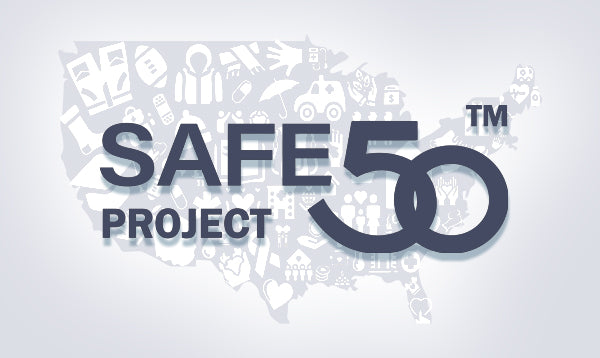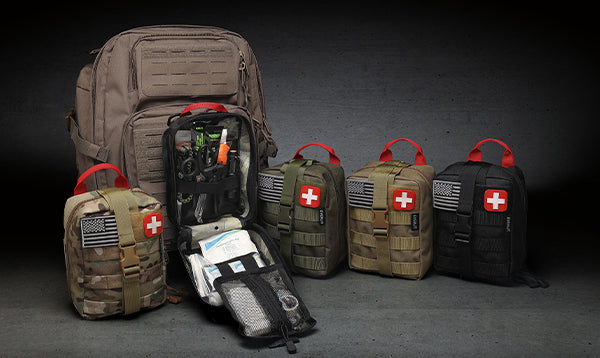What's First Aid? A Beginner's Guide to First Aid

What's First Aid?
First aid refers to the immediate help provided to an injured person immediately after the injury, usually at the location of the injury. It often involves a short-term, one-time treatment that requires little training to administer. First aid can include cleaning minor cuts and scrapes, draining blisters, treating minor burns, controlling bleeding, applying appropriate wound dressings, managing allergic reactions, providing pain relief using non-prescription medicine and more. Being knowledgeable in first aid is critical as it can be the difference between life and death. It is advisable to keep a well-stocked first aid kit at home, in the car, or at work and make sure that it is updated regularly to handle any potential emergencies.
Why First Aid Is Important?
First aid is important for everyday people because it equips them with the skills and knowledge to respond effectively in emergency situations:
-
Save lives
-
Prevent further injury
-
Reduce recovery time
-
Provide comfort and reassurance
-
Be prepared for emergencies
What Are The 7 Steps Of First Aid?
-
Assess the situation: Before approaching the injured or ill person, it is important to assess the situation and ensure your own safety. Look for any potential hazards or dangers that may put you or the patient at risk.
-
Ensure the person is breathing: Check if the person is breathing by looking for chest movement and listening for breath sounds. If the person is not breathing, start CPR immediately.
-
Call for help: If the person is unconscious, not breathing, or seriously injured, call for emergency medical services immediately. Provide them with the location and nature of the emergency.
-
Control bleeding: If the person is bleeding, apply direct pressure to the wound using a clean cloth or bandage. Elevate the injured area if possible to help slow down the bleeding.
-
Treat for shock: If the person is in shock, keep them lying down and elevate their legs. Cover them with a blanket to keep them warm and comfortable.
-
Treat non-life-threatening injuries: If the injury is not life-threatening, provide basic first aid care such as cleaning and dressing the wound or applying ice to reduce swelling.
-
Monitor the person's condition: After providing initial first aid care, monitor the person's condition and be prepared to provide further care if the person's condition deteriorates.




Leave a comment